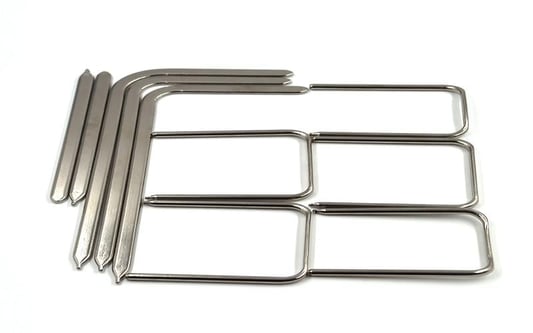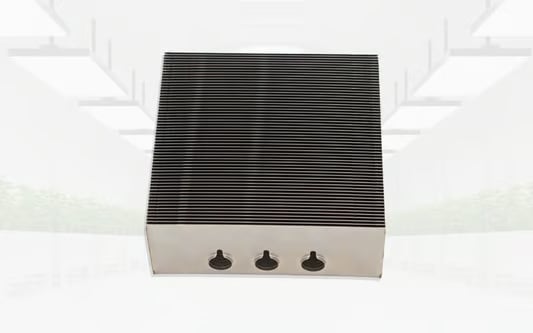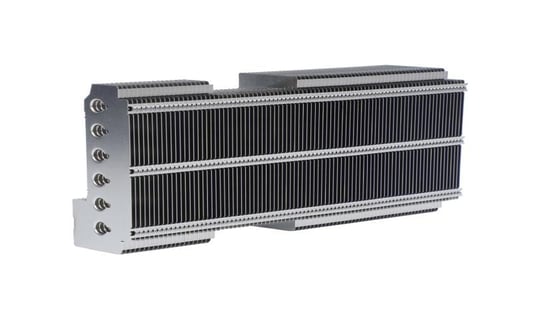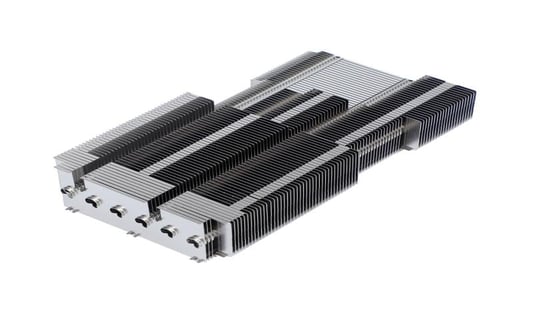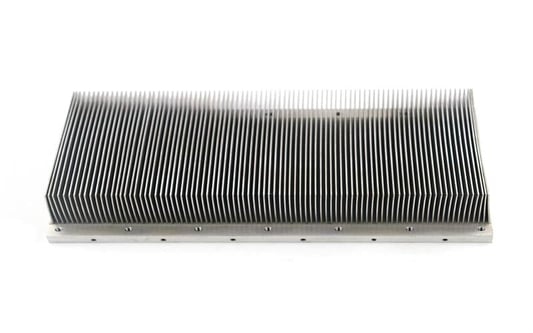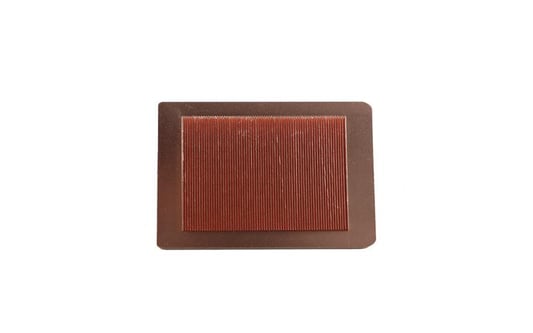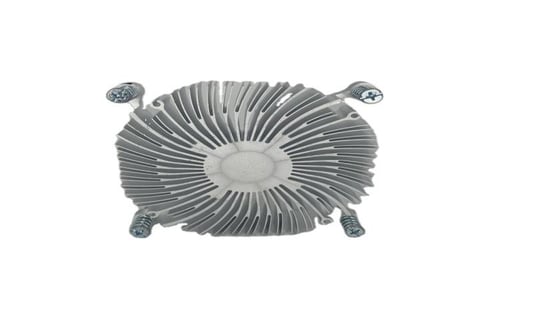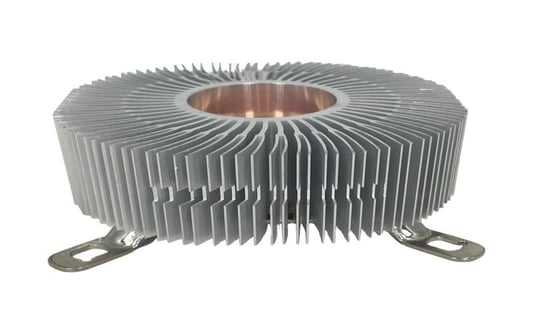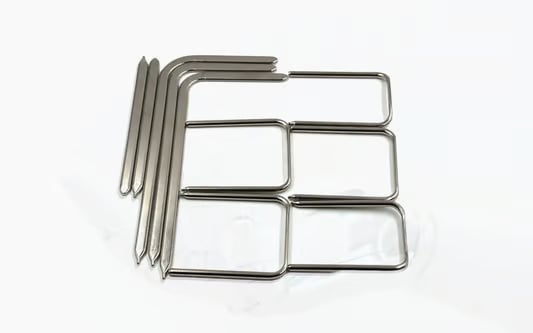How do heat pipe CPU coolers work?A Comprehensive Guide to Heat Pipe CPU Cooling TechnologyHeat pipe CPU coolers are becoming increasingly popular among computer enthusiasts and professionals due to their efficient cooling capabilities. These innovative cooling devices are designed to dissipate heat generated by the CPU, ensuring optimal performance and preventing overheating. In this article, we will explore the working principles behind heat pipe CPU coolers and their advantages over traditional cooling solutions.1. Introduction to Heat Pipe CPU CoolersHeat pipe CPU coolers are a type of cooling system that utilizes heat pipes to transfer heat away from the CPU and towards the heat sink. A heat pipe is a sealed copper or aluminum tube filled with a small amount of liquid coolant, typically water or alcohol. The heat pipe is attached to the CPU, where it absorbs the heat generated during operation.Once the heat is absorbed, the liquid coolant inside the heat pipe vaporizes, turning into a gas. This gas then travels to the other end of the heat pipe, where it condenses back into a liquid due to the lower temperature of the heat sink. The condensed liquid then flows back to the CPU, completing the cycle.2. The Advantages of Heat Pipe CPU CoolersHeat pipe CPU coolers offer several advantages over traditional cooling solutions, making them an ideal choice for high-performance systems. Firstly, heat pipe CPU coolers are highly efficient in dissipating heat. The phase change process of the liquid coolant allows for rapid heat transfer, ensuring that the CPU remains at an optimal temperature.Furthermore, heat pipe CPU coolers are typically quieter than traditional cooling solutions, such as air coolers or liquid cooling systems. The absence of moving parts, apart from the fans, results in a noise-free operation.3. The Working Principle of Heat PipesThe working principle of heat pipes is based on the principles of thermodynamics. According to the laws of thermodynamics, heat naturally flows from areas of high temperature to areas of low temperature. Heat pipes exploit this principle to transfer heat away from the CPU to the heat sink.When the CPU generates heat, the heat pipe absorbs the heat through the copper or aluminum base plate. The heat is then conducted along the length of the heat pipe, and as it reaches the cooler end, the heat is dissipated into the surrounding environment. The process is continuous, allowing for effective cooling of the CPU.4. The Importance of Heat Sink in Heat Pipe CPU CoolersA heat sink is a vital component of heat pipe CPU coolers, as it provides a large surface area for heat dissipation. The heat sink is typically made of aluminum or copper and is designed with fins or other structures to increase the surface area.As the heat pipe transfers the heat to the heat sink, the large surface area of the heat sink allows for efficient dissipation of heat into the surrounding air. This ensures that the CPU remains at a safe operating temperature, preventing thermal throttling and potential damage to the system.5. The Role of Fans in Heat Pipe CPU CoolersFans play a crucial role in heat pipe CPU coolers by facilitating the movement of air across the heat sink. The fans draw cool air from the surrounding environment and push it over the fins of the heat sink, enhancing the heat dissipation process.The fans also help to maintain a steady airflow within the computer case, preventing the buildup of hot air around the CPU. This ensures that the heat pipe CPU cooler operates at its maximum efficiency, allowing for optimal cooling performance.6. The Different Types of Heat Pipe CPU CoolersThere are various types of heat pipe CPU coolers available in the market, each designed to cater to different cooling requirements. Some heat pipe CPU coolers feature a single heat pipe, while others may have multiple heat pipes for enhanced cooling performance.Additionally, there are tower-style heat pipe CPU coolers that are designed to fit inside computer cases with limited space. These coolers are typically taller and feature larger heat sinks to maximize heat dissipation.7. Installation and Maintenance of Heat Pipe CPU CoolersInstalling a heat pipe CPU cooler requires careful attention to ensure proper contact between the heat pipe base plate and the CPU. It is essential to apply a suitable thermal paste between the CPU and the heat pipe base plate to maximize heat transfer.When it comes to maintenance, heat pipe CPU coolers are relatively low-maintenance compared to liquid cooling systems. Regular cleaning of the heat sink and fans to remove dust and debris is recommended to maintain optimal cooling performance.8. Compatibility and ConsiderationsBefore purchasing a heat pipe CPU cooler, it is crucial to ensure compatibility with your specific CPU socket type. Most heat pipe CPU coolers are designed to support a wide range of socket types, but it is always recommended to check the manufacturer's specifications.Additionally, it is essential to consider the overall dimensions of the heat pipe CPU cooler, especially if you have limited space inside your computer case. Some heat pipe CPU coolers may be too tall or wide to fit comfortably, so measuring the available space is vital.9. ConclusionHeat pipe CPU coolers offer excellent cooling performance, ensuring that your CPU operates at an optimal temperature even under heavy loads. The efficient heat transfer capabilities of heat pipes, combined with well-designed heat sinks and fans, make heat pipe CPU coolers a popular choice among computer enthusiasts and professionals alike.By investing in a high-quality heat pipe CPU cooler, you can effectively prevent overheating issues, extend the lifespan of your CPU, and enjoy enhanced system stability and performance.10. Long-Tail SEO Keywords:How do heat pipe CPU coolers work, heat pipe CPU cooler working principle, advantages of heat pipe CPU coolers, heat pipe CPU cooler vs traditional cooling solutions, heat pipe CPU cooler efficiency, importance of heat sink in heat pipe CPU coolers, role of fans in heat pipe CPU coolers, types of heat pipe CPU coolers, heat pipe CPU cooler installation and maintenance, heat pipe CPU cooler compatibility.Quote InquiryFooter


